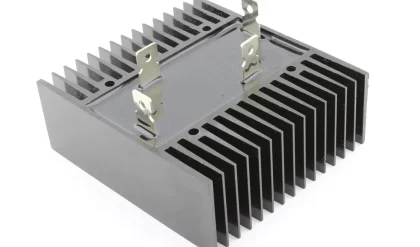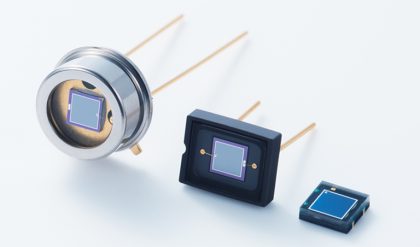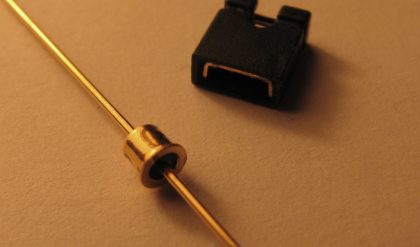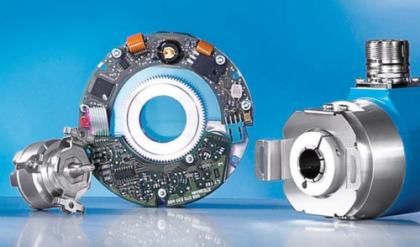A field-effect transistor (FET) is a type of transistor commonly used for weak-signal amplification (for example, for amplifying wireless signals).
� The device can amplify analogor digital signals.
� It can also switch DC or function as an oscillator.
In the FET, current flows along a semiconductor path called the channel.
�At one end of the channel, there is an electrode called the source.
� At the other end of the channel, there is an electrode called the drain.
� The physical diameter of the channel is fixed, but its effective electrical diameter can be varied by the application of a voltage to a control electrode called the gate.
� The conductivity of the FET depends, at any given instant in time, on the electrical diameter of the channel.
� A small change in gate voltage can cause a large variation in the current from the source to the drain.
� This is how the FET amplifies signals.
Field-effect transistors exist in two major classifications.
� These are known as the junction FET (JFET) and the metal-oxide- semiconductor FET (MOSFET).
The junction FET has a channel consisting of N-type semiconductor (N-channel) or P-type semiconductor (P-channel) material; the gate is made of the opposite semiconductor type.
� In P-type material, electric charges are carried mainly in the form of electron deficiencies called holes.
� In N-type material, the charge carriers are primarily electrons.
� In a JFET, the junction is the boundary between the channel and the gate.
� Normally, this P-N junction is reverse-biased (a DC voltage is applied to it) so that no current flows between the channel and the gate.
� However, under some conditions there is a small current through the junction during part of the input signal cycle.
In the MOSFET, the channel can be either N-type or P-type semiconductor.
� The gate electrode is a piece of metal whose surface is oxidized.
� The oxide layer electrically insulates the gate from the channel.
� For this reason, the MOSFET was originally called theinsulated-gate FET (IGFET), but this term is now rarely used.
� Because the oxide layer acts as a dielectric, there is essentially never any current between the gate and the channel during any part of the signal cycle.
� This gives the MOSFET an extremely large input impedance.
� Because the oxide layer is extremely thin, the MOSFET is susceptible to destruction by electrostatic charges.
� Special precautions are necessary when handling or transporting MOS devices.
The FET has some advantages and some disadvantages relative to the bipolar transistor.
� Field-effect transistors are preferred for weak-signal work, for example in wirelesscommunications and broadcast receivers.
� They are also preferred in circuits and systems requiring high impedance.
� The FET is not, in general, used for high-power amplification, such as is required in large wireless communications and broadcast transmitters.
Field-effect transistors are fabricated onto silicon integrated circuit (IC) chips.
� A single IC can contain many thousands of FETs, along with other components such as resistors, capacitors, and diodes.





